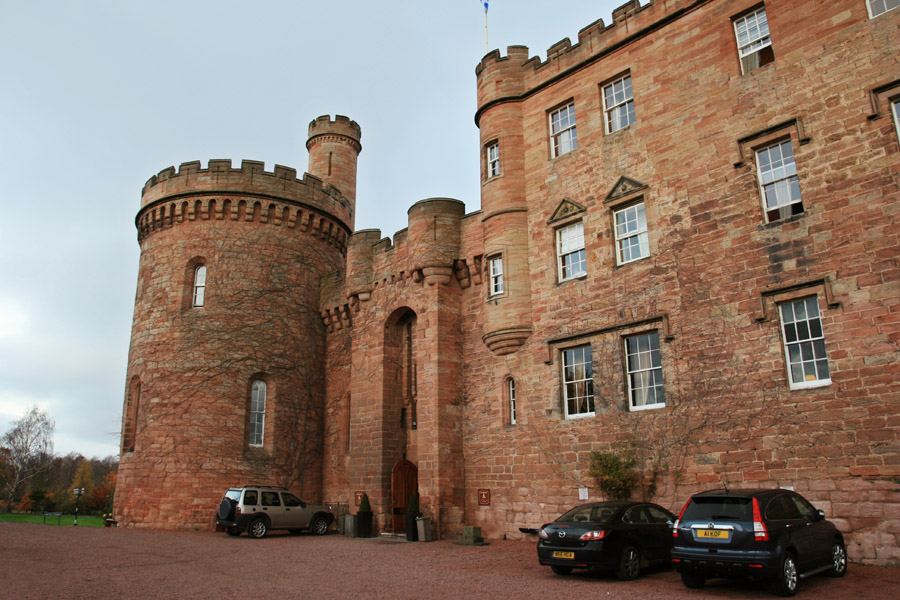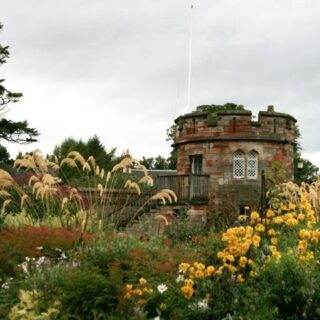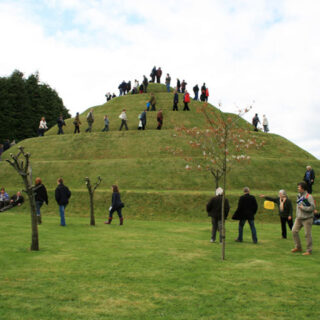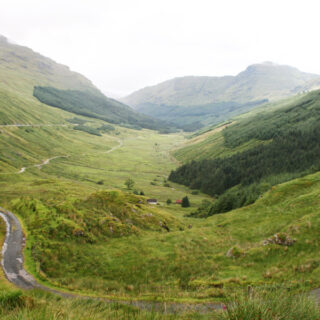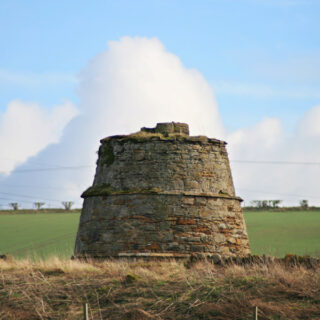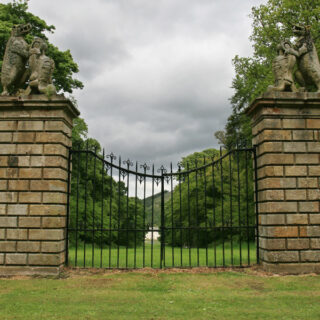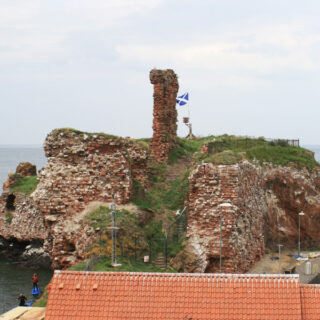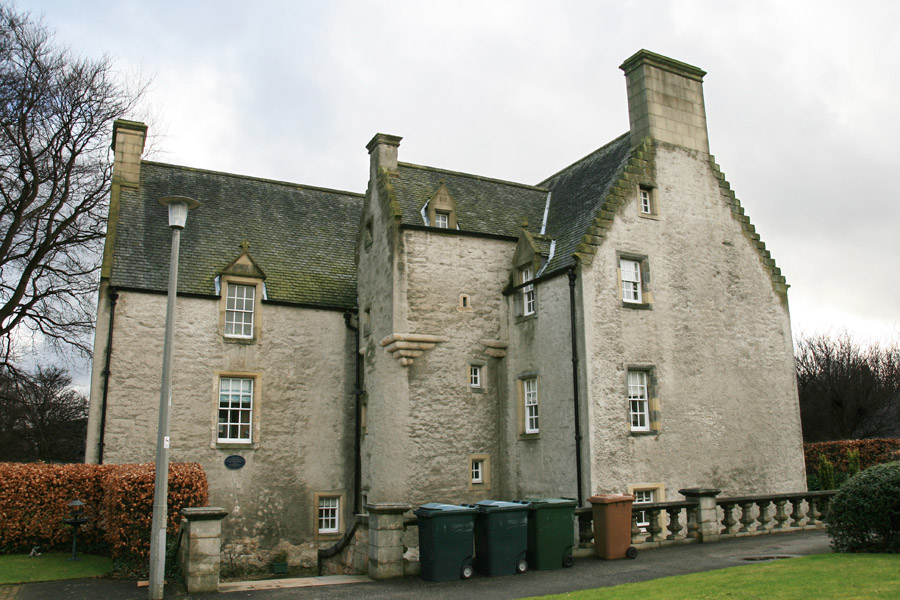

Although built as a domestic residence in 1638, Pilrig House stands on the site of an old peel tower – possibly giving the house its name (Pilrig meaning “peel ridge”) – evidence of which remains in the form of massive walls in the basement.
Little is known of the early castle, except that it was certainly owned by Sir Patrick Monypenny between 1584 and 1601 (and possibly longer). In 1623 an Edinburgh goldsmith named Gilbert Kirkwood bought the property, and in 1638 built the present Pilrig House on an L-plan.
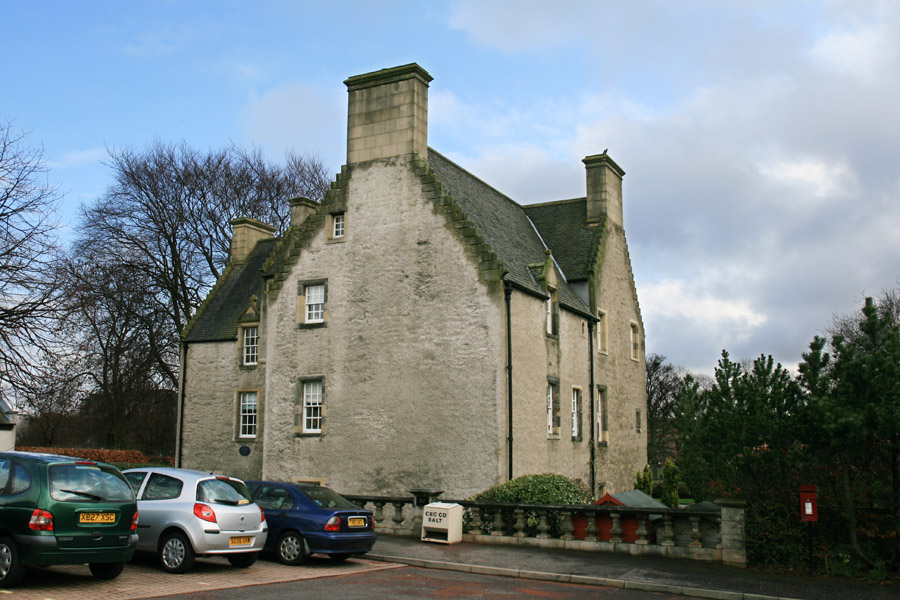
A carved pediment above a dormer window on the north wall, next to the stair tower, carries the initials “G K” (for Gilbert Kirkwood), “M F” (his wife Margaret Foulis) and the date 16_8 (presumably 1638).
A slightly-rounded external stair tower was built in the re-entrant angle on the north side, with a rectangular caphouse corbelled out at the top.
However there is a main doorway on the south wall, much more ornate in design and therefore possibly from a later period.
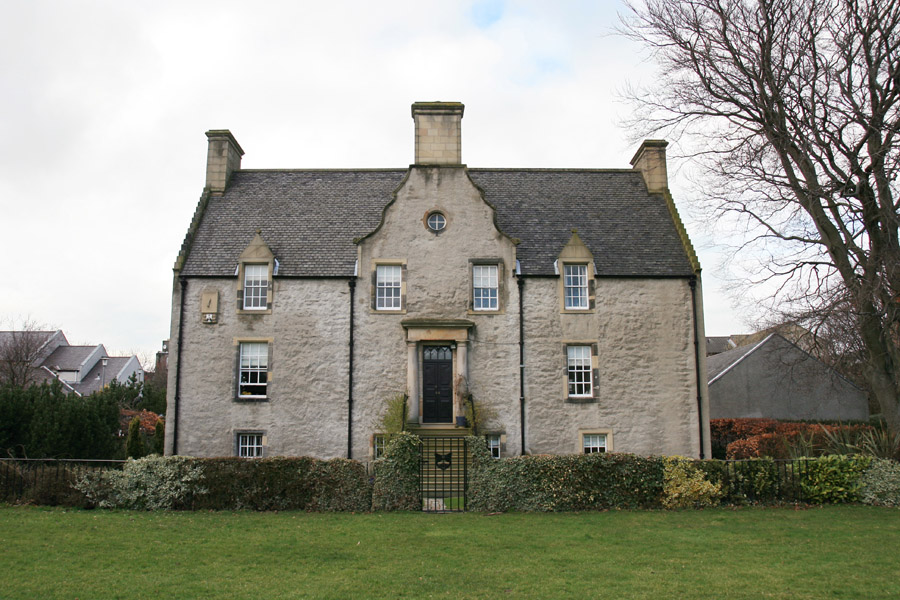
From 1718 to 1941 it was owned by the Balfour family, and it was here that Robert Louis Stevenson’s grandfather, Lewis Balfour, was born in 1777. In fact Pilrig House is mentioned in two of Stevenson’s books – Kidnapped and Catriona.
In 1971 Pilrig House burned down, but it was rebuilt in 1982 and now consists of self-catering apartments.
Alternative names for Pilrig House
30 Pilrig House Close; Pilrig Park; Pilrig Road
Where is Pilrig House?
Pilrig House is in the parish of Edinburgh and the county of Midlothian.
Grid reference: NT 2637 7579
Lat / long: 55.969405, -3.181301
